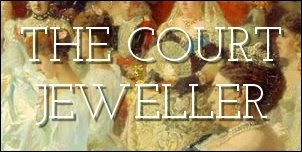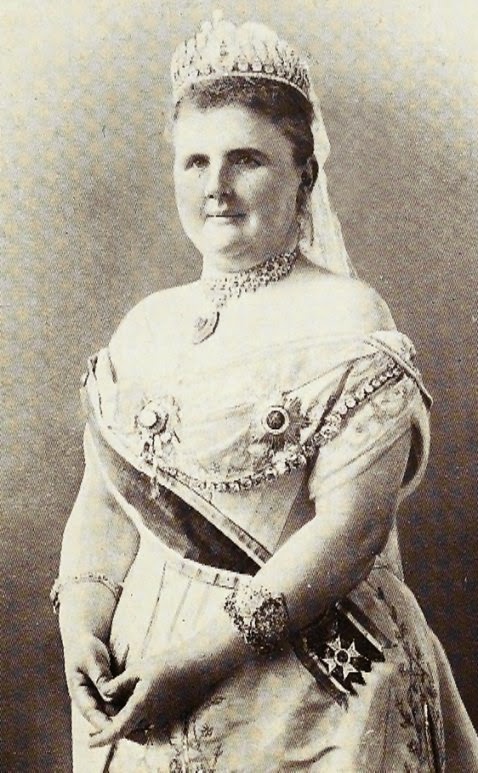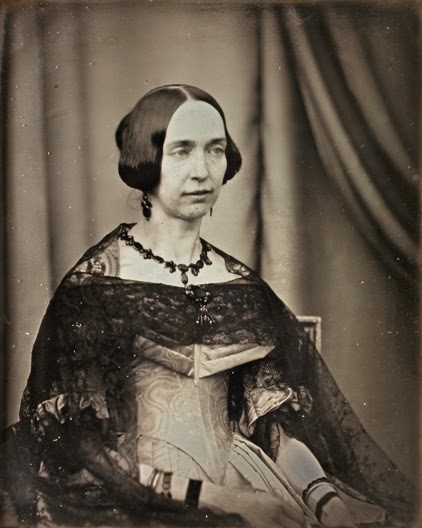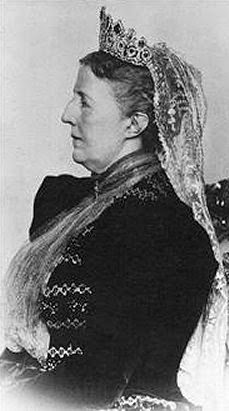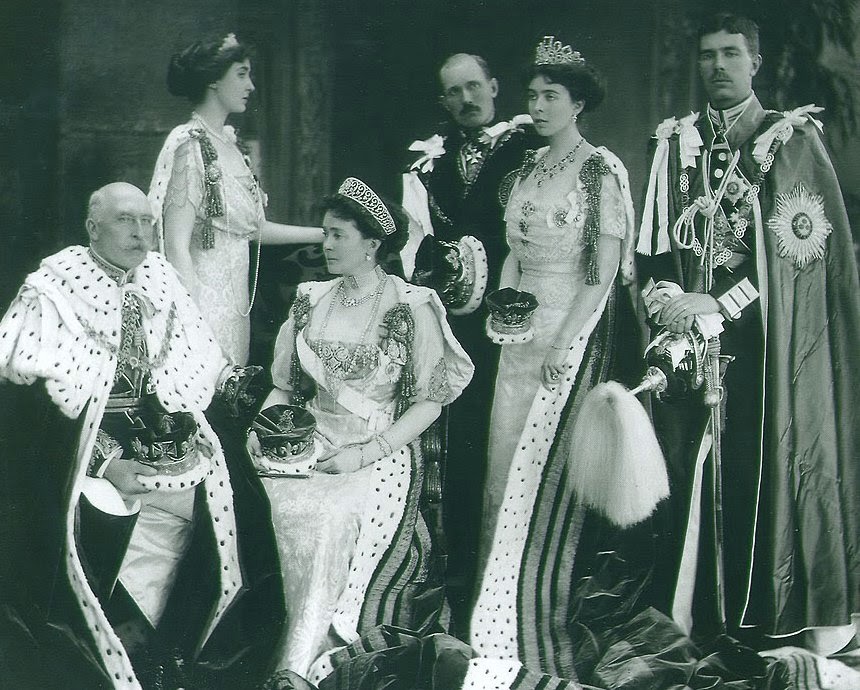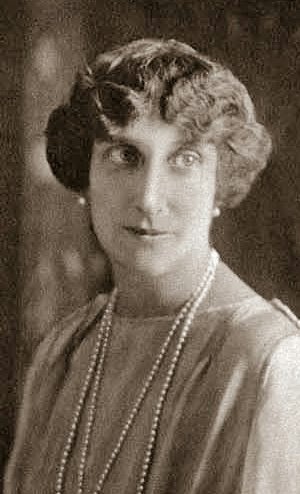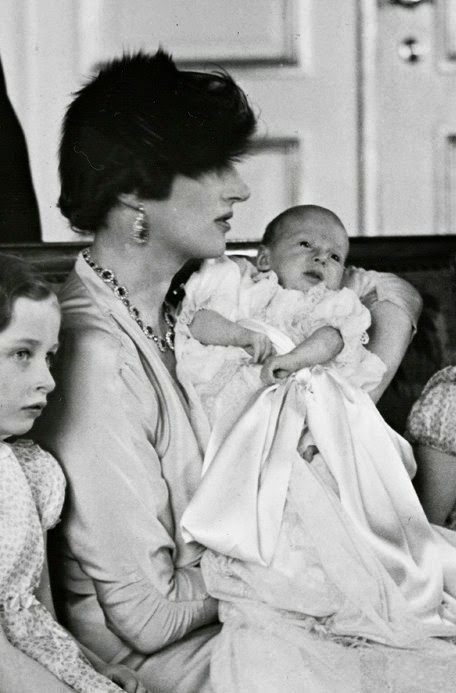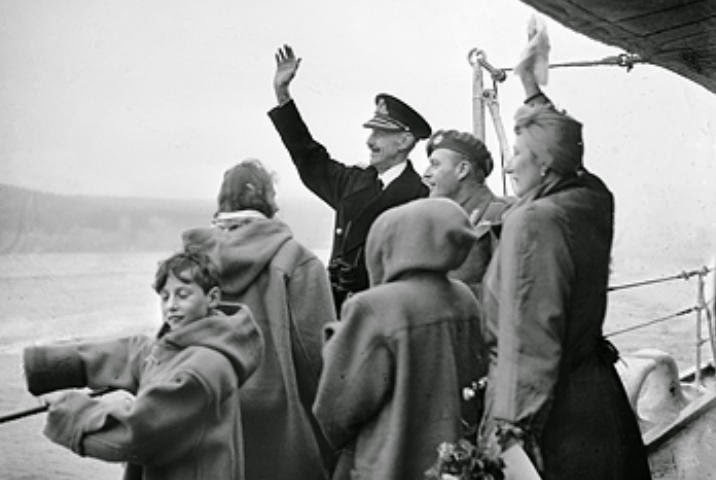Today is Monaco’s National Day, celebrated annually on the anniversary of Prince Rainier III’s and Prince Albert II’s coronations in 1949 and 2005. The festivities include a fireworks show, a mass, and a gala at the opera in Monte Carlo. The Grimaldi women usually bring out some of their best jewels for the opera gala. As we wait to see what the family wears this evening — and whether Princess Charlene, pregnant with twins, attends the gala — let’s look back at the jewels worn at the opera over the past fifteen years.
